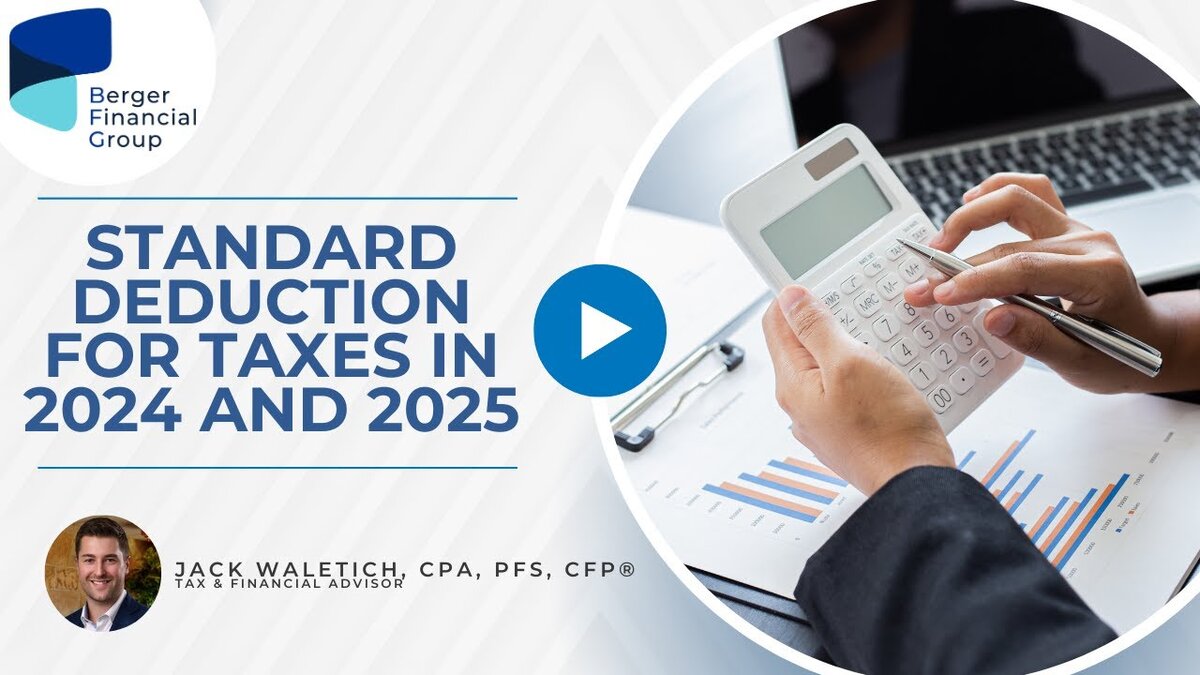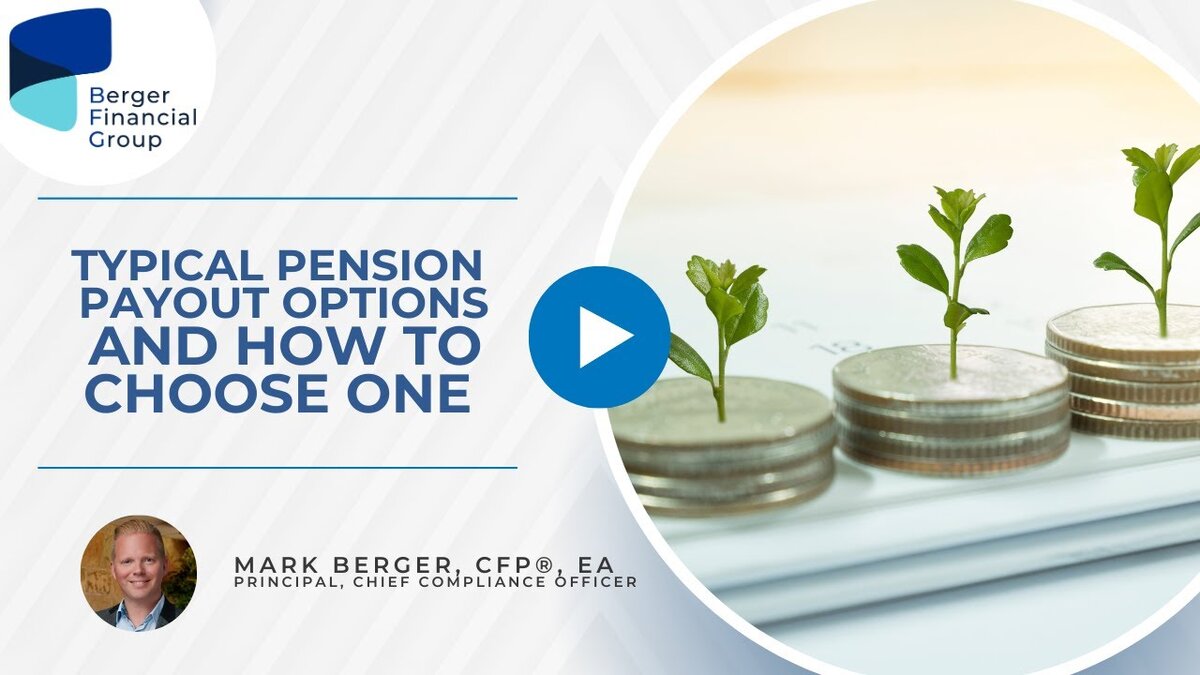Planning for retirement can feel overwhelming, especially with the variety of savings options available. But here’s something most people don’t realize: you can have both a 401(k) and an IRA, and doing so can significantly enhance your financial future.
Many assume that choosing one account over the other is necessary, but combining these powerful tools allows you to maximize your savings potential while taking advantage of unique benefits.
Why Combine a 401(k) and an IRA?
Yes, you can have a 401(k) and an IRA at the same time, and it’s a strategy worth considering. Contributing to both accounts annually not only increases your retirement nest egg but also gives you access to different tax advantages and investment options. Let’s break down why this approach could work for you.
Higher Contribution Limits Mean Bigger Savings
The most immediate benefit of having both accounts is the ability to combine contributions. For 2025, the maximum contribution to a 401(k) is $23,500—or $31,000 if you’re 50 or older. By comparison, the contribution limit for an IRA is $7,000, or $8,800 for those age 50 or older. This means that if you maximize both accounts, you could save up to $38,500—or $39,800 with catch-up contributions—annually.
This dual contribution strategy lets you grow your retirement savings faster than relying on a single account. With compounding interest, even small additional contributions can result in a significantly larger balance over time.
Employer Matching: Free Money for Your Retirement
One of the standout features of a 401(k) is the employer match. Many companies will match your contributions up to a certain percentage of your salary. For example, if your employer offers a 4% match and you contribute 4% of your salary, your employer will match that amount. That’s essentially free money going into your retirement savings.
The best part? Employer matching contributions do not count toward your annual 401(k) contribution limit. This means you can still contribute up to the maximum allowed amount while enjoying the additional boost from your employer.
Tax Benefits of Using Both Accounts
Both 401(k)s and IRAs offer tax advantages that can help you save money now and in the future. Contributions to a traditional 401(k) and traditional IRA are made with pre-tax dollars, which lowers your taxable income for the year. This is especially beneficial for individuals looking to reduce their tax liability while saving for retirement.
However, there’s an important distinction to note: while there are no income limits for contributing to a 401(k), IRA contributions may not be fully tax-deductible if you or your spouse is covered by a workplace retirement plan. For instance, if your income exceeds certain limits, you can still contribute the maximum amount to your IRA, but those contributions might not be tax-deductible. Knowing these income thresholds is crucial to making informed decisions.
Are There Drawbacks to Having Both a 401(k) and an IRA?
While the benefits are significant, there are some considerations to keep in mind. First, managing multiple accounts means staying organized to track contributions, investment performance, and fees. Additionally, if your IRA contributions are not tax-deductible due to income limits, you may want to explore Roth IRA options or other savings strategies to maximize your tax benefits.
Making the Most of Your Retirement Strategy
If you decide to contribute to both a 401(k) and an IRA, here are a few tips to optimize your savings:
- Maximize your employer match: Ensure you’re contributing enough to your 401(k) to receive the full employer match. Don’t leave free money on the table.
- Know your tax bracket: Evaluate whether a traditional or Roth IRA is better for your situation based on your current and expected future tax bracket.
- Stay within contribution limits: Keep track of annual contribution limits to avoid penalties from exceeding them.
- Review your investments regularly: Diversify your portfolio and adjust it as needed based on your retirement timeline and risk tolerance.
Can You Have a 401(k) and an IRA? Yes—and Here’s Why It’s a Smart Choice

By combining a 401(k) and an IRA, you create a retirement savings plan that leverages the strengths of both accounts. The higher contribution limits, employer matching, and tax benefits make this strategy a powerful way to build your financial future. While it requires careful planning and an understanding of the rules, the potential rewards are well worth the effort.
Start by reviewing your current retirement accounts and setting goals for your savings. Whether you’re just beginning to save or are well on your way, taking advantage of both a 401(k) and an IRA can help you retire with confidence.
Contact Berger Financial Group today to learn how we can help you design a retirement strategy tailored to your needs. Let us guide you in making the most of your financial future!






